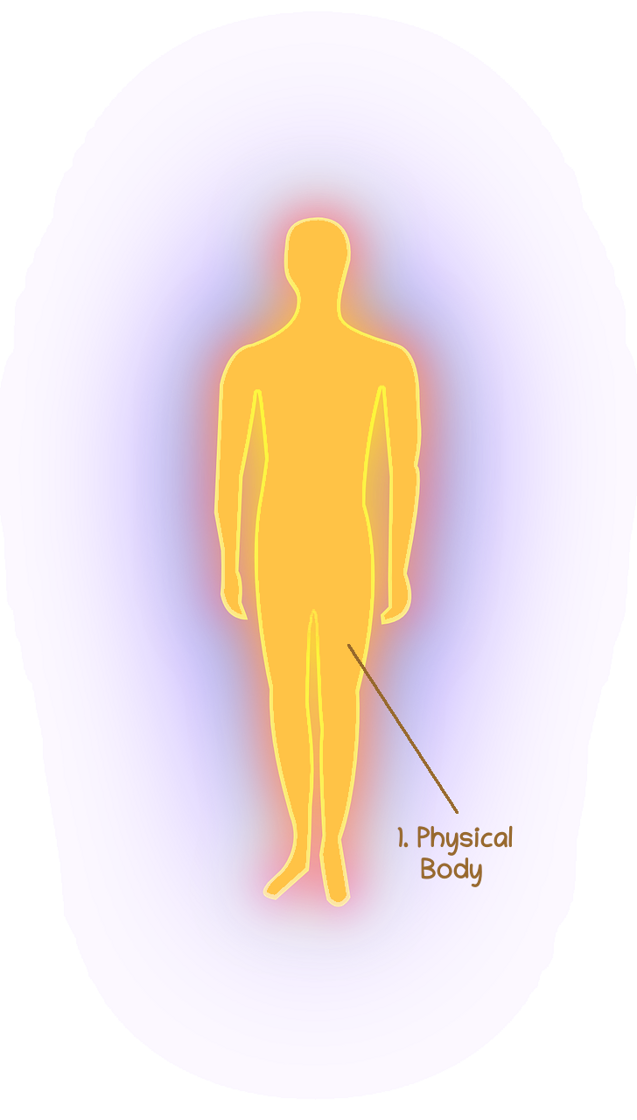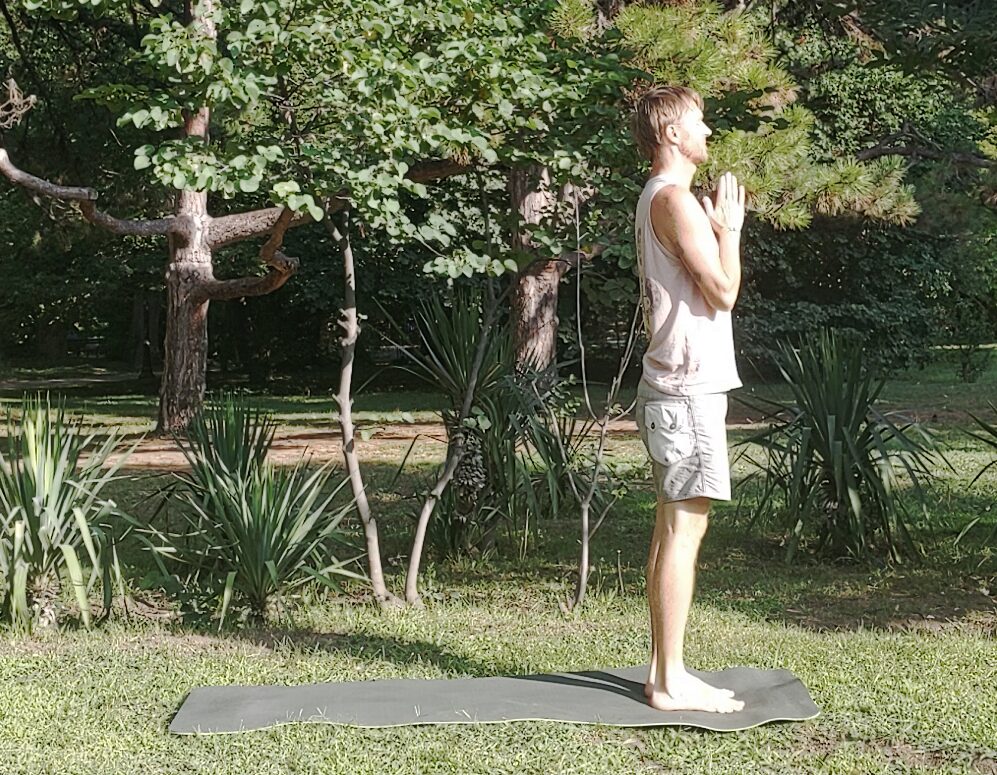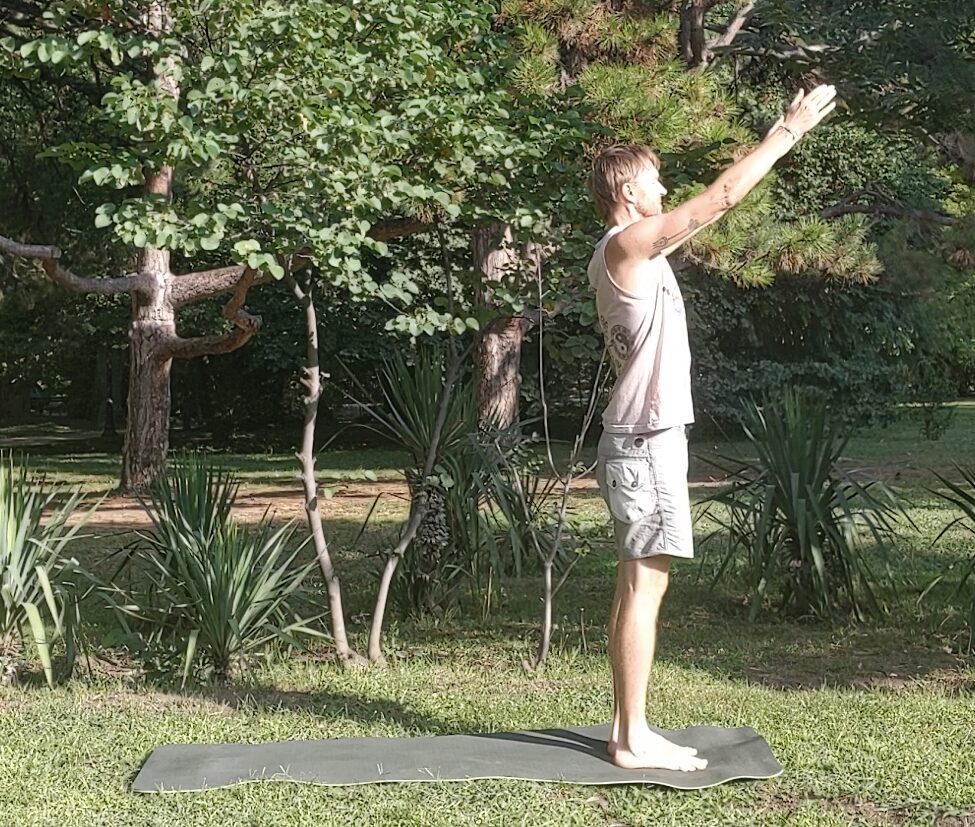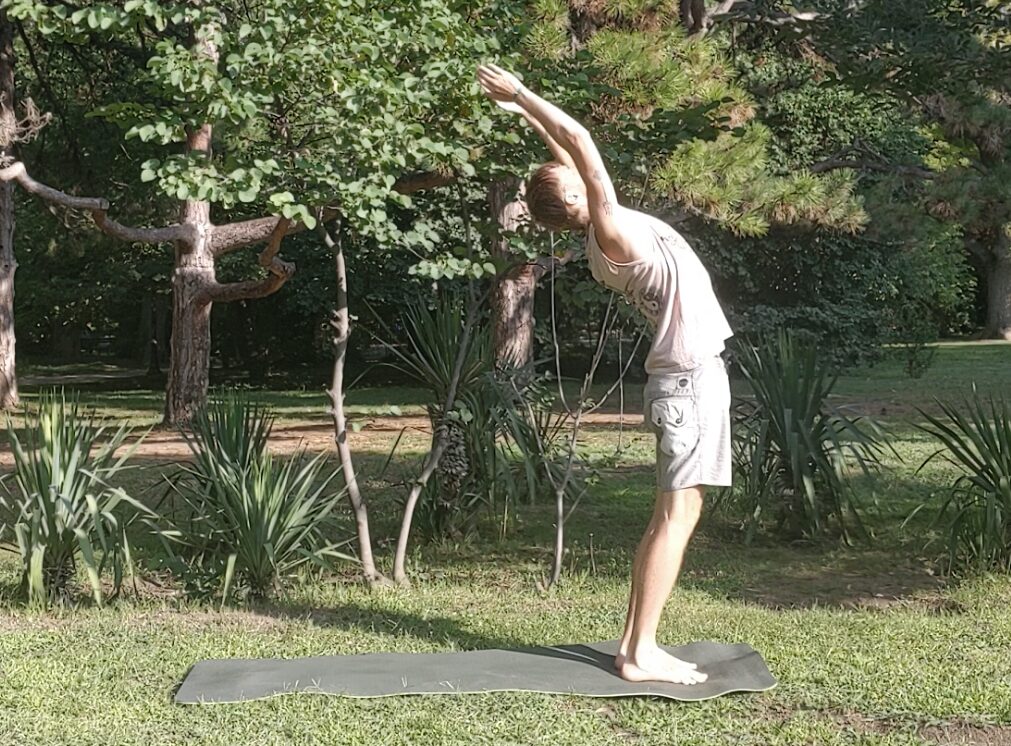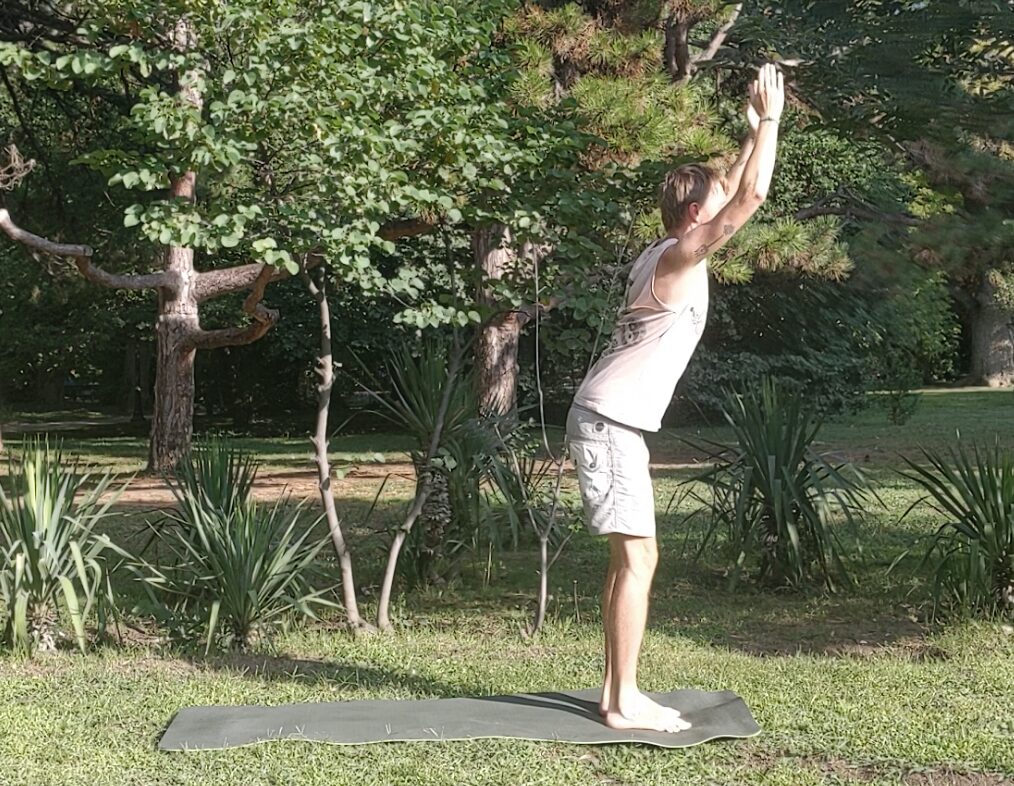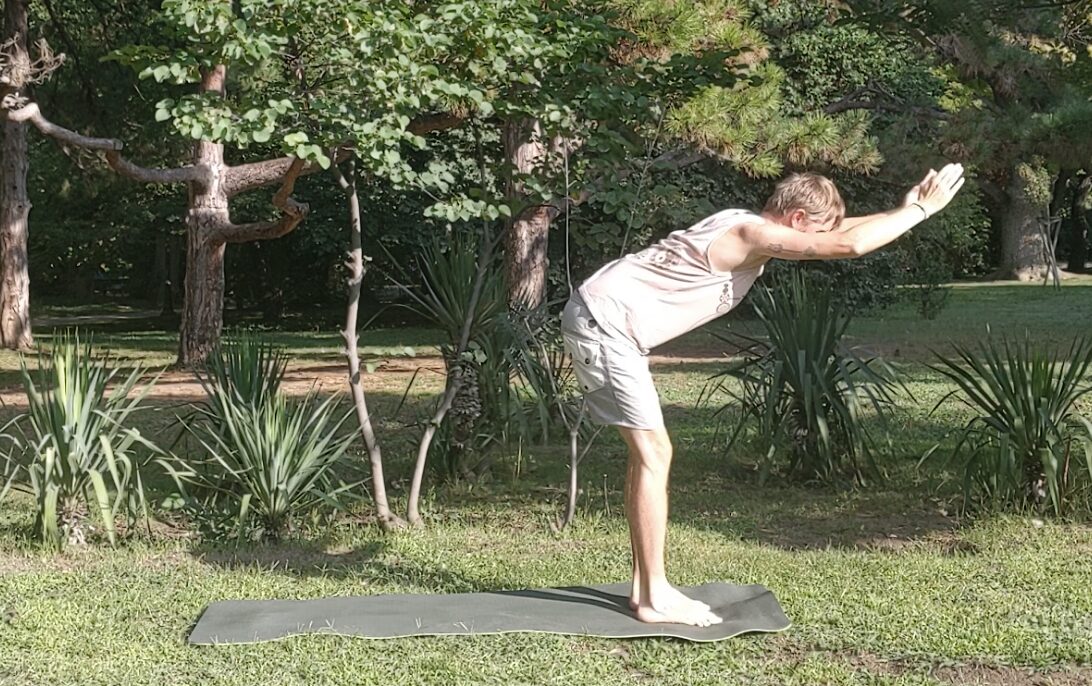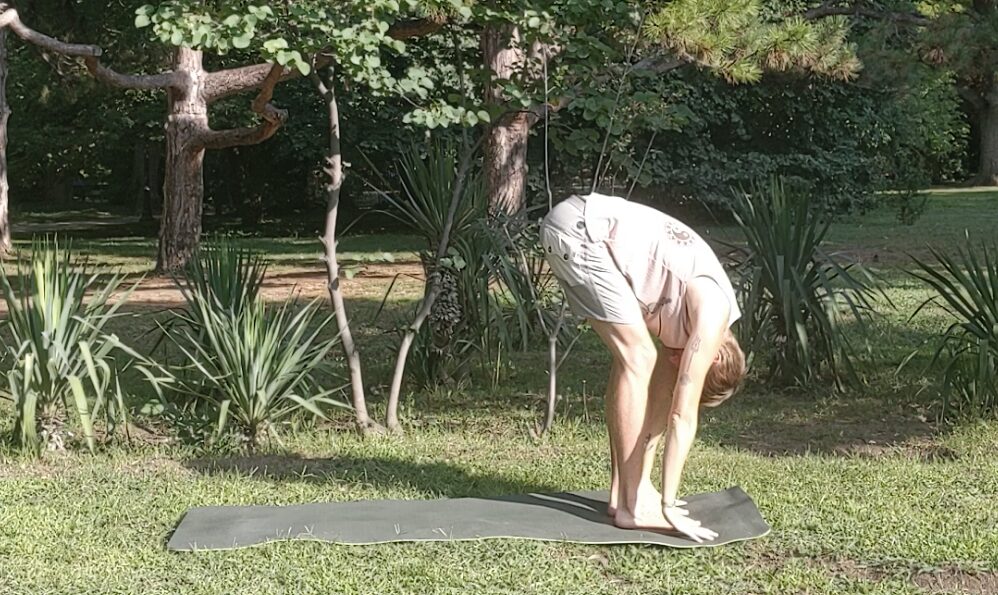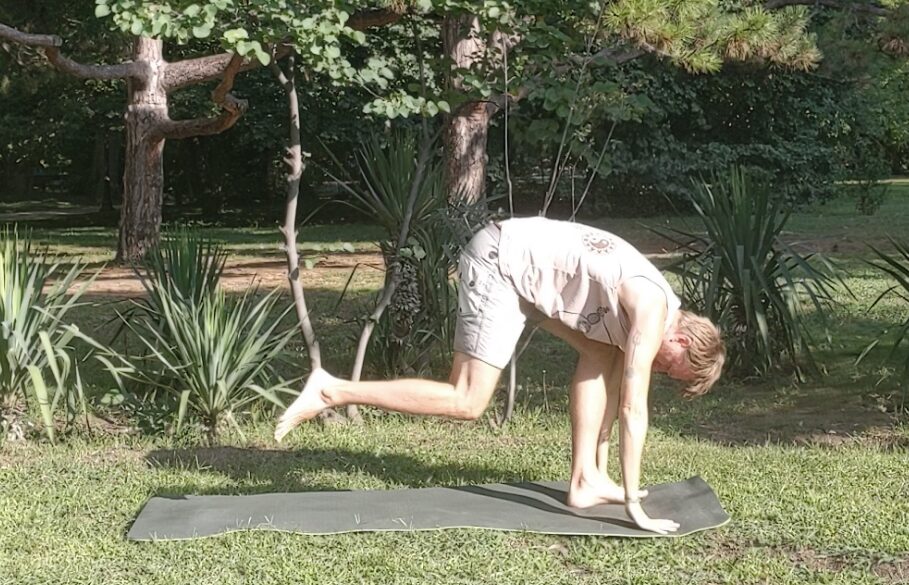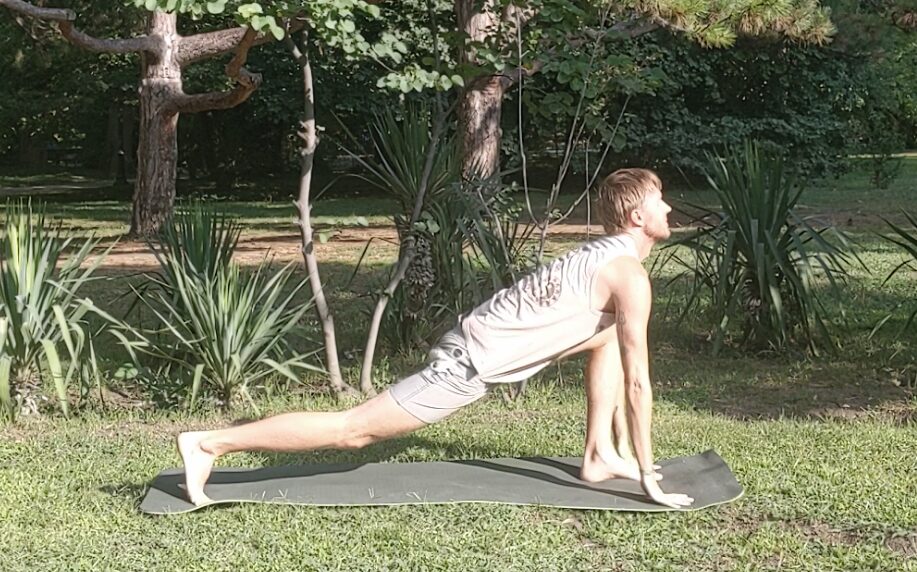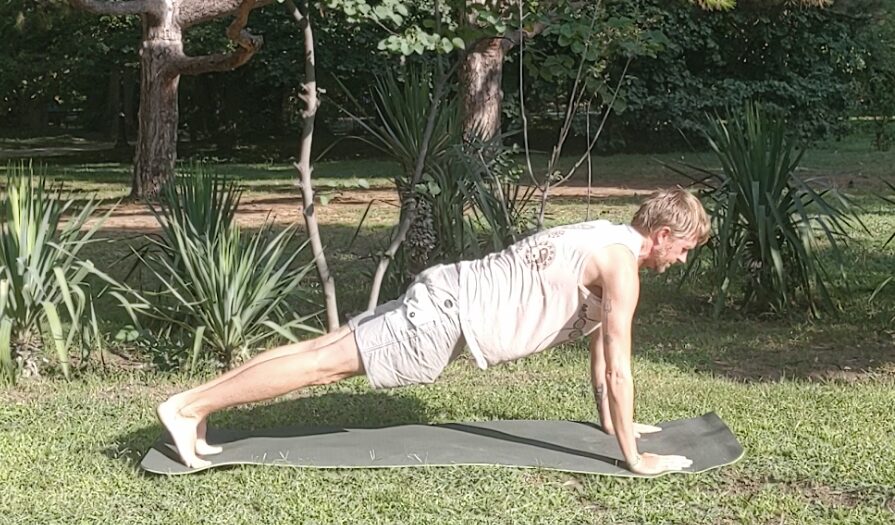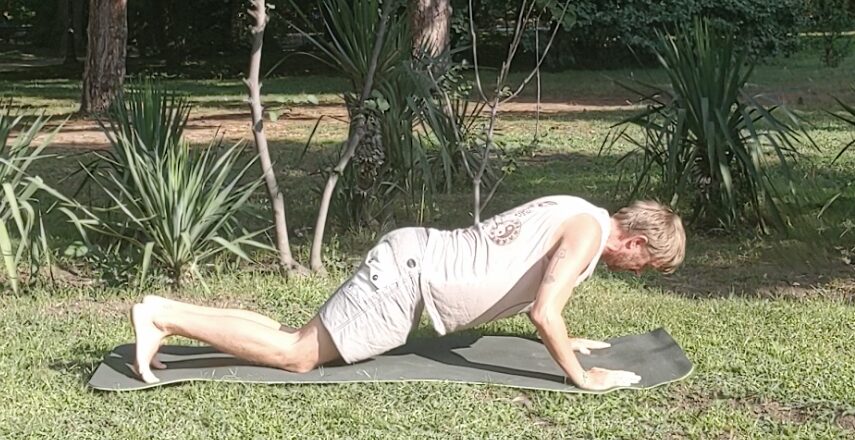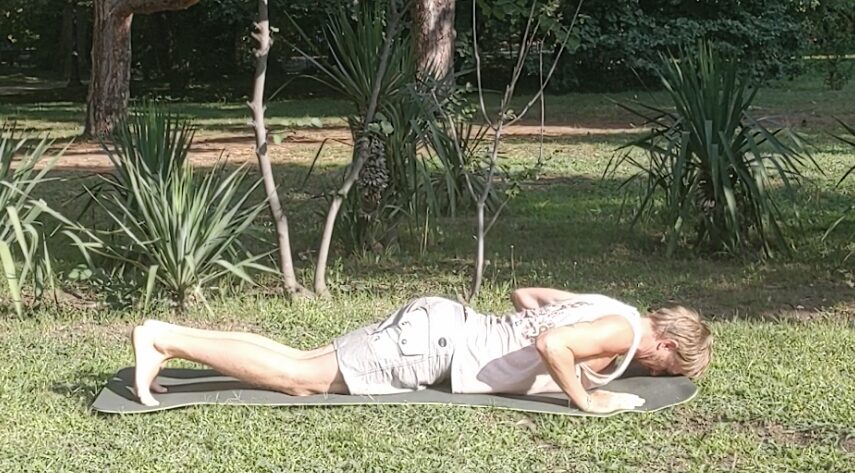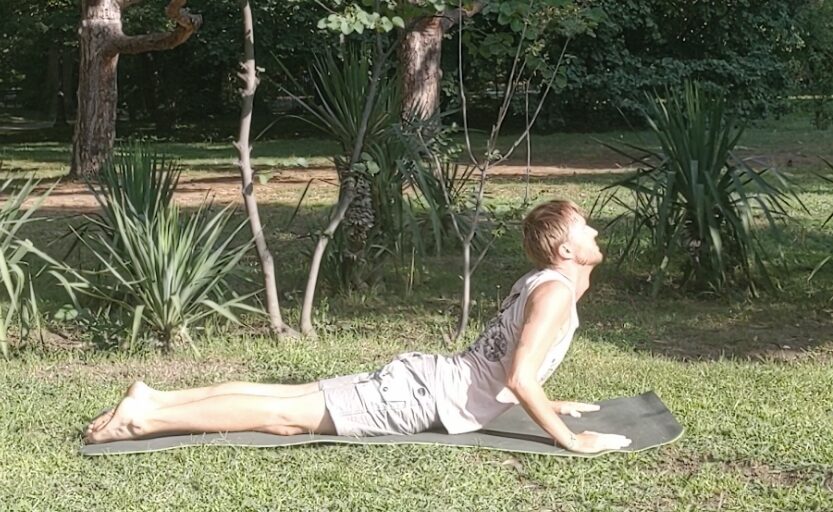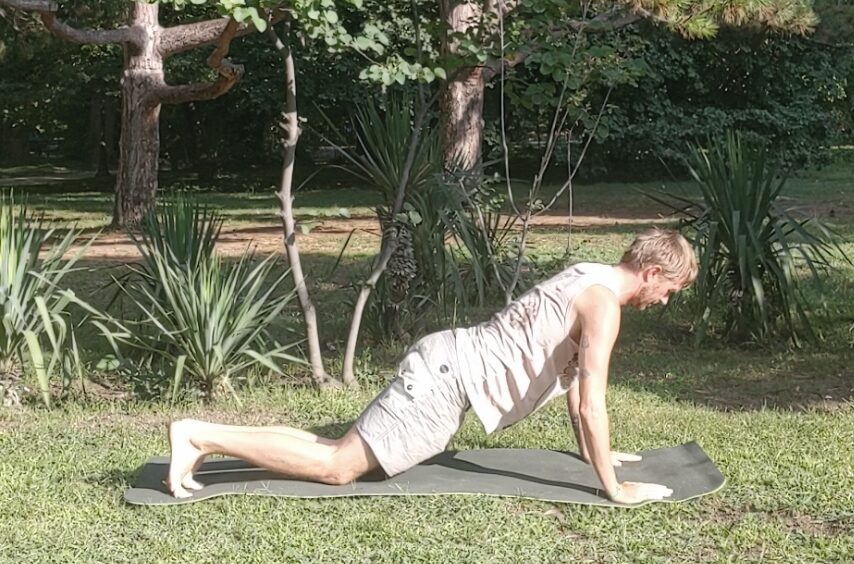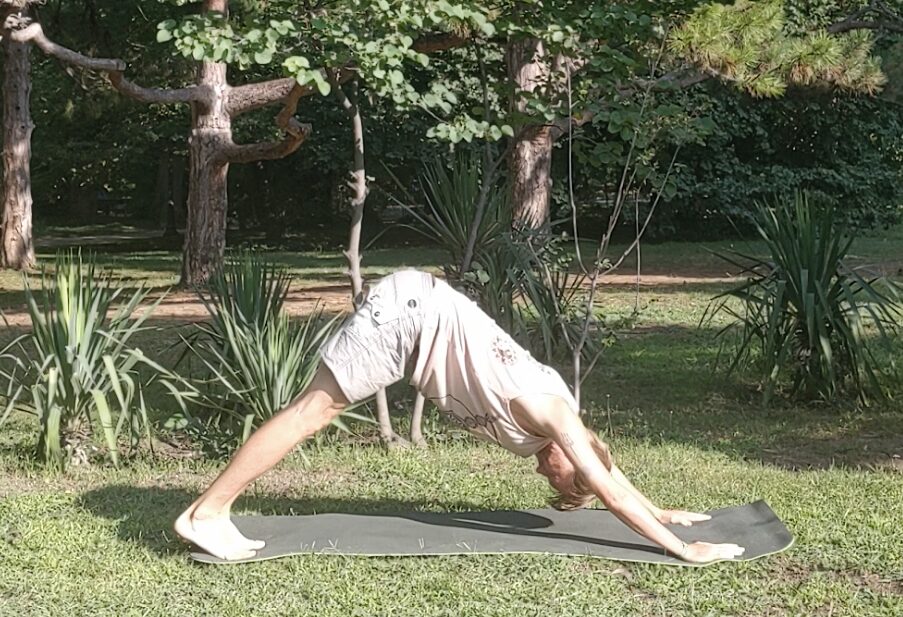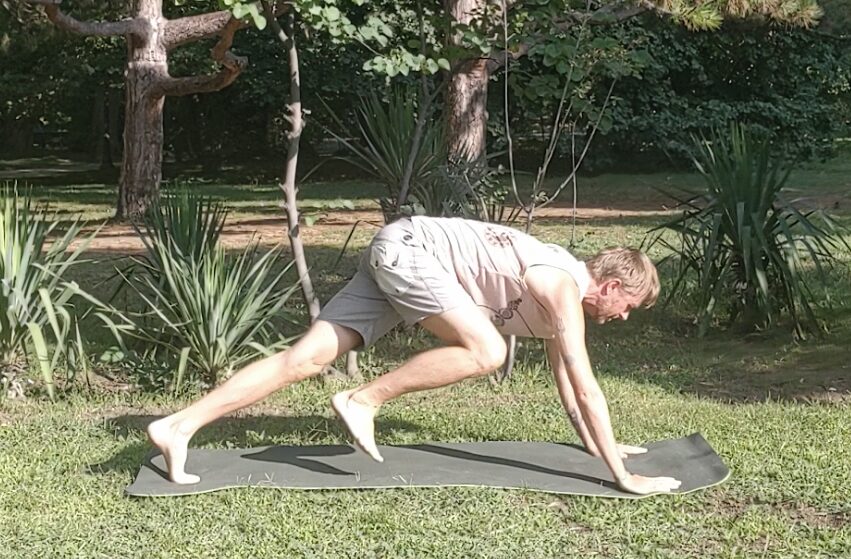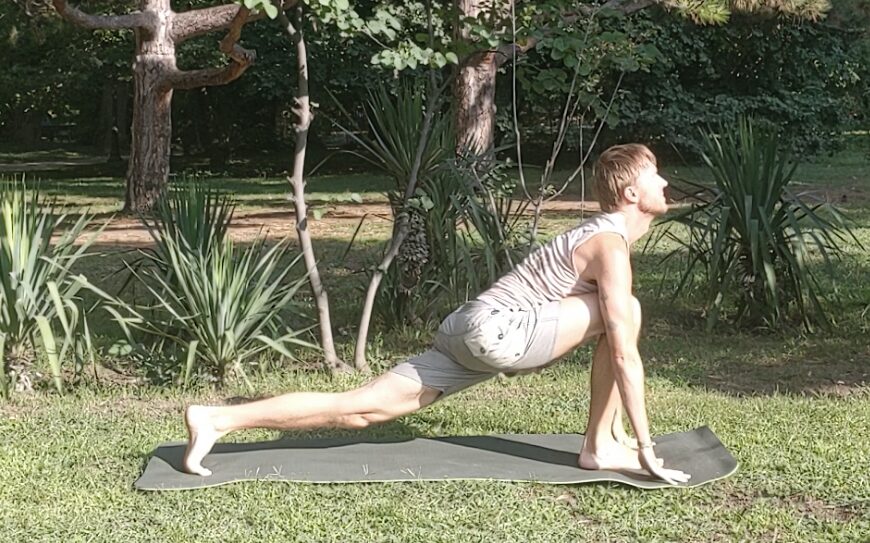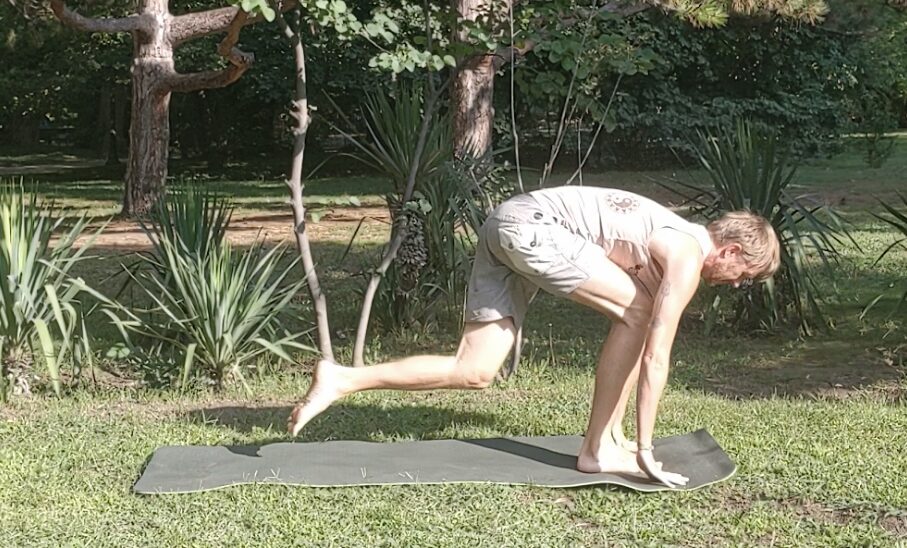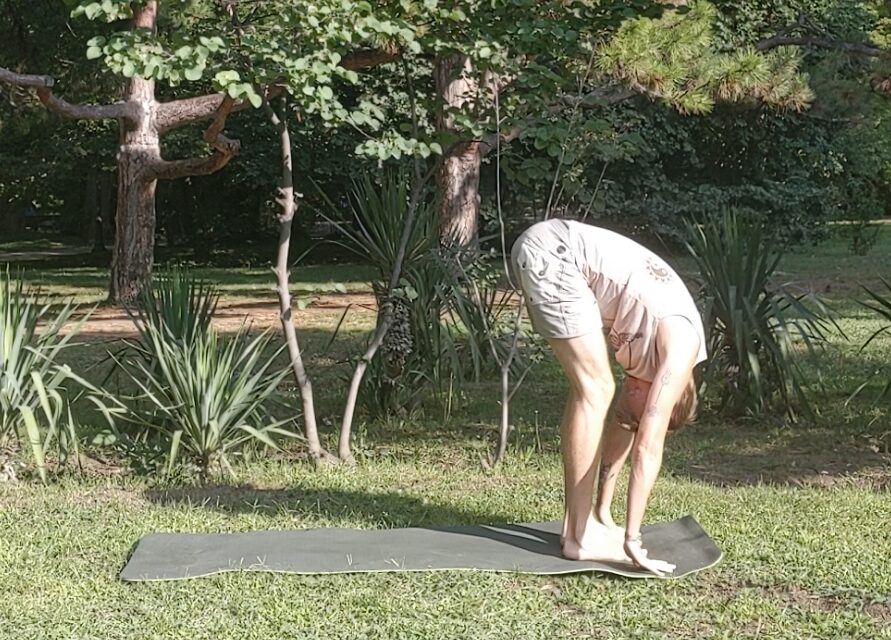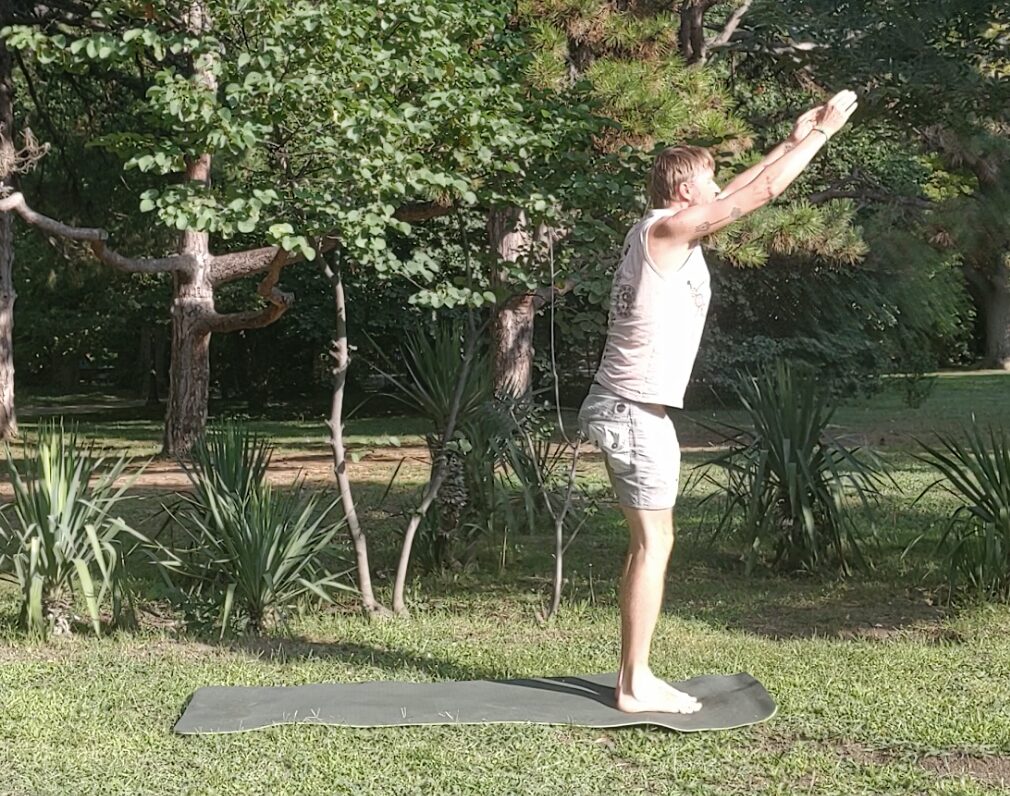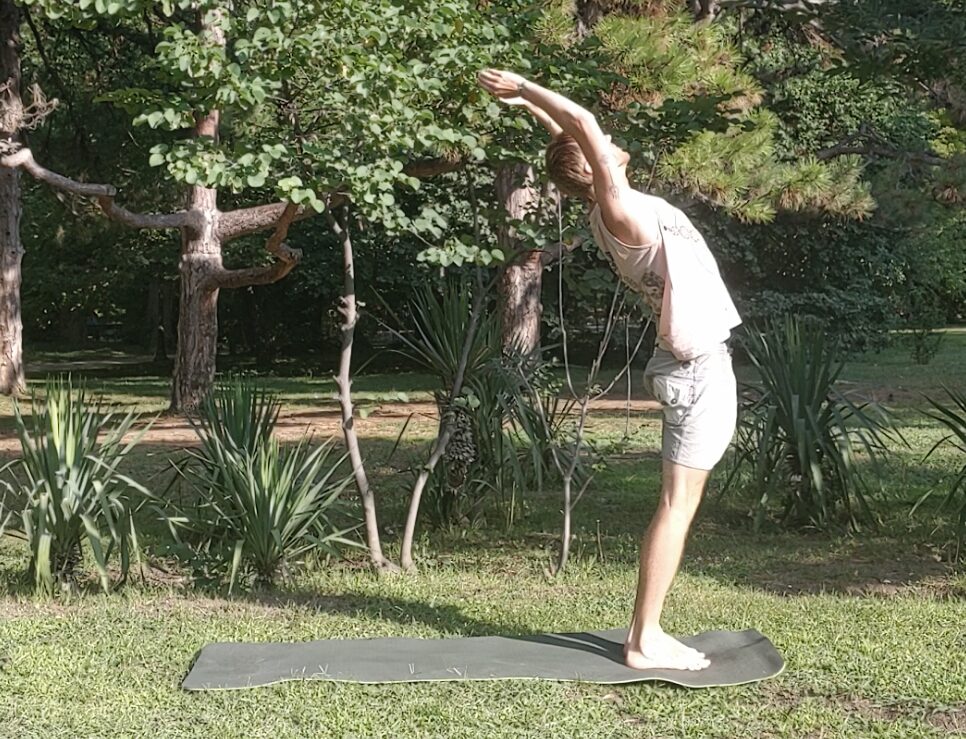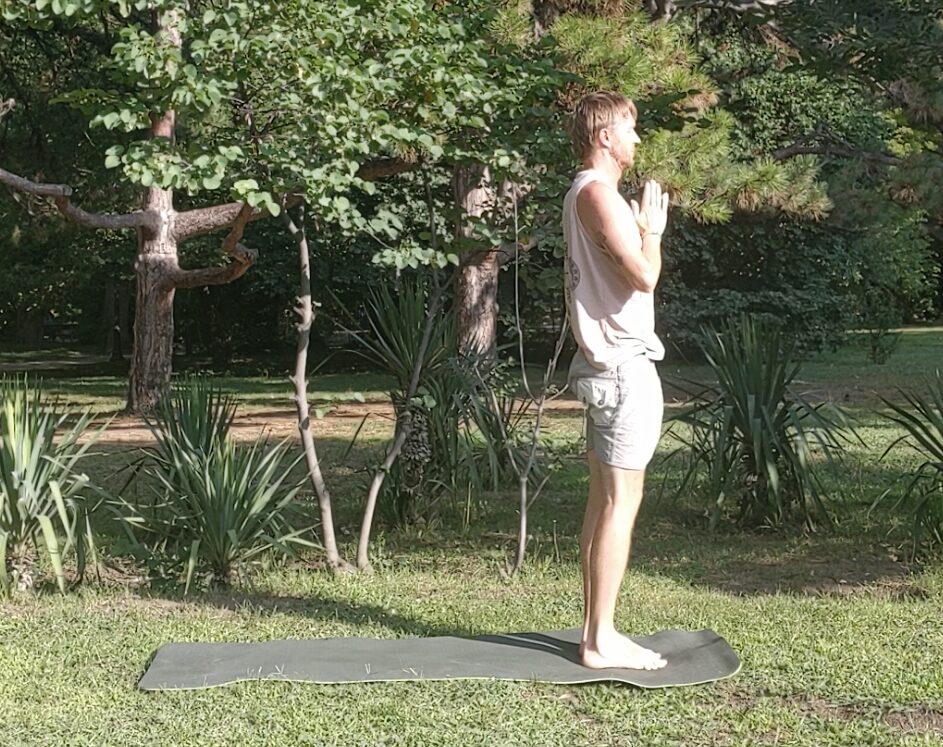I. Right nutrition
Did you know that in some Eastern healing systems, when a patient comes to the doctor, the first thing they do is change their diet to cure or alleviate the illness?
In Tibetan medicine, for example, three basic energies are described that work in the body and must be in harmony for one to be healthy: lung, tripa and péken.
In the event of illness, the Tibetan doctor checks how these three energies behave in the body, and if he detects disharmony, he usually first tries to heal it by changing the food. Every food, as well as its temperature and preparation, influences one or more of these three energies.
If, for example, you have a disease where there is too much lung energy in the body and you then eat foods that further increase this lung energy, then this can have a negative effect on your well-being.
However, if you eat foods that reduce this lung energy, you will usually feel better. So food can have either a positive or negative effect on an imbalance in your body.

I just wanted to mention this as some interesting and perhaps helpful background knowledge on nutrition. The root of illness is originally in the mind, but diet can also contribute a lot to health, and if you eat incorrectly, it can have a negative impact on your healing process.
I have tried a lot of things in terms of nutrition over the years. For example, I was vegetarian for about 6 years, vegan for 2 years, didn't eat anything for 10 days
(and didn't drink anything for 3 of those days)
when doing a living on light process, experimented with nutritional supplements for a long time, and tried out a variety of diets.
My personal conclusion: There are many nutritional theories, some of which can be helpful for certain people, but what I have learned is that every person has a unique structure of the body system, and therefore nutrition can often only be determined individually. This means that what is good for one person does not necessarily mean that it is good for someone else.
I personally just observe how my physical body, my energy, and my mind feel after I eat or drink something. If I notice a negative change, then I might try that food again just to be sure. It should also be noted that the time (i.e., what time of day I eat the food), the quantity, the preparation, the quality of the food, and which other foods I eat (or drink) the food with also play a role.
What you should generally pay attention to or know when it comes to nutrition
Unfortunately, at the moment, the majority of the food you get in the supermarket is not very nutritious or beneficial to your health. The food industry has changed most of our food in such a way and added (sometimes toxic) additives and pesticides that conventional food can make you sick in the long run.
That's why I would like to give just a few tips that you can consider:
- The food should be processed as little as possible.
- Buy fresh, organic, and local food whenever possible.
- Eat as little (industrial) sugar as possible.
- If you should eat meat or other animal products, then see that it's from ethical husbandry.
Detoxify
Since poor-quality food, etc., causes substances to accumulate in our body that have a negative impact on its function, it is important to get rid of these toxins. There are different types of detoxification methods; I would just like to briefly mention a simple one:
Intermittent fasting
There are different variations of this form of fasting. Personally, I do it like this now and then: on days when I feel like it, I simply don't eat anything for between 16 and 18 hours.
The body (more precisely, the cells) begins to excrete toxins approximately 12 hours after it does not receive food. For example, if you haven't eaten anything for 16 hours, your body will excrete toxins for around 4 hours. It should be noted that you can only drink water during the 16 - 18 hours - not even tea.
Dietary supplements
Can have a supportive effect on maintaining health or the healing process. They are to be considered for vegetarian and especially vegan diets, and they may even be necessary for some people.
Medicinal herbs
Can have a positive effect on the healing process. But be aware that healing work often doesn't just have to be done on the physical (chemical) level.
I would also like to mention
Certain yogis who have achieved a very high state of consciousness and mastery over their bodies show that ultimately, the mind controls matter! These yogis can, for example, survive without physical food (as shown in the film 'Am Anfang war das Licht'), or they can eat or be given poison and not experience any negative consequences (as was proven scientifically in a clinical experiment on Wim Hof (=The Ice Man) when he was injected with a virus but didn't get sick afterwards).
